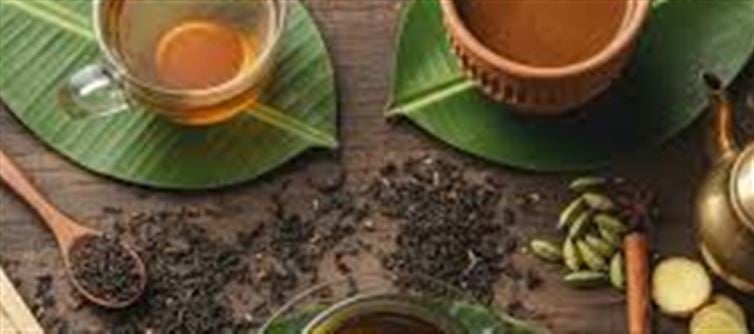
India is synonymous with tea, and the country’s tea culture reflects its rich geography, history, and local traditions. From the misty mountains of darjeeling to the fertile plains of assam and the rolling hills of Nilgiri, each region produces tea with distinct flavors, aromas, and brewing styles. Understanding these differences not only enriches the tea-drinking experience but also celebrates India’s cultural diversity.
🔹 1. darjeeling Tea – The Champagne of Teas
· Origin: darjeeling, West Bengal, in the eastern Himalayas.
· Altitude & Climate: Grown at high altitudes (600–2,000 meters) in cool, misty conditions.
· Characteristics:
o Light, delicate, and aromatic.
o Often has a muscatel flavor, sometimes described as floral or fruity.
o Typically consumed without milk, though some prefer a splash.
· Brewing Tips: Use water just below boiling, steep for 2–3 minutes, and enjoy without overpowering additives.
· Special Note: darjeeling tea is often considered premium tea and exported worldwide, celebrated for its unique terroir.
🔹 2. assam Tea – The Robust Breakfast Favorite
· Origin: assam, in northeastern india, near the brahmaputra river valley.
· Altitude & Climate: Lowland, tropical region with high humidity and heavy rainfall.
· Characteristics:
o Bold, strong, and malty flavor.
o Deep amber color when brewed.
o Perfect for chai (milk tea) due to its robust taste.
· Brewing Tips: Boil water fully, steep for 3–5 minutes, and add milk and sugar as preferred.
· Special Note: assam tea is high in caffeine and often used in blends for english Breakfast teas.
🔹 3. Nilgiri Tea – The Aromatic Southern Delight
· Origin: Nilgiri hills, tamil Nadu and Kerala, southern India.
· Altitude & Climate: Grown at mid to high elevations with cool, misty air and consistent rainfall.
· Characteristics:
o Fragrant, smooth, and brisk.
o Bright reddish-brown liquor.
o Can be enjoyed both as plain tea or with milk.
· Brewing Tips: Steep for 3 minutes; good for iced tea and herbal blends.
· Special Note: Nilgiri teas are less astringent than assam and more versatile than darjeeling, making them ideal for modern tea blends.
🔹 Comparing the Three Teas
Tea Type
Region
Flavor Profile
Best Served
Unique Feature
Darjeeling
Himalayas
Light, floral, muscatel
Plain/with little milk
High-altitude, premium tea
Assam
Lowland NE
Strong, malty, robust
Chai/with milk
Bold flavor, high caffeine
Nilgiri
South India
Smooth, fragrant, brisk
Plain or with milk
Versatile, great for blends
🔹 Cultural Significance
· Tea is not just a drink in India; it’s a ritual of hospitality.
· darjeeling tea represents refined elegance, assam tea reflects energy and robustness, and Nilgiri tea showcases southern serenity.
· Festivals, morning routines, and even business meetings across india often revolve around a cup of tea, emphasizing its social and cultural importance.
🔹 Conclusion
From the delicate aromas of Darjeeling to the robust punch of Assam and the versatile charm of Nilgiri, India’s tea traditions reflect the diverse landscapes and cultural heritage of the country. Choosing a tea is more than a matter of taste—it’s a journey through India’s geography and centuries-old tea culture.
Disclaimer:
The views and opinions expressed in this article are those of the author and do not necessarily reflect the official policy or position of any agency, organization, employer, or company. All information provided is for general informational purposes only. While every effort has been made to ensure accuracy, we make no representations or warranties of any kind, express or implied, about the completeness, reliability, or suitability of the information contained herein. Readers are advised to verify facts and seek professional advice where necessary. Any reliance placed on such information is strictly at the reader’s own risk.




 click and follow Indiaherald WhatsApp channel
click and follow Indiaherald WhatsApp channel